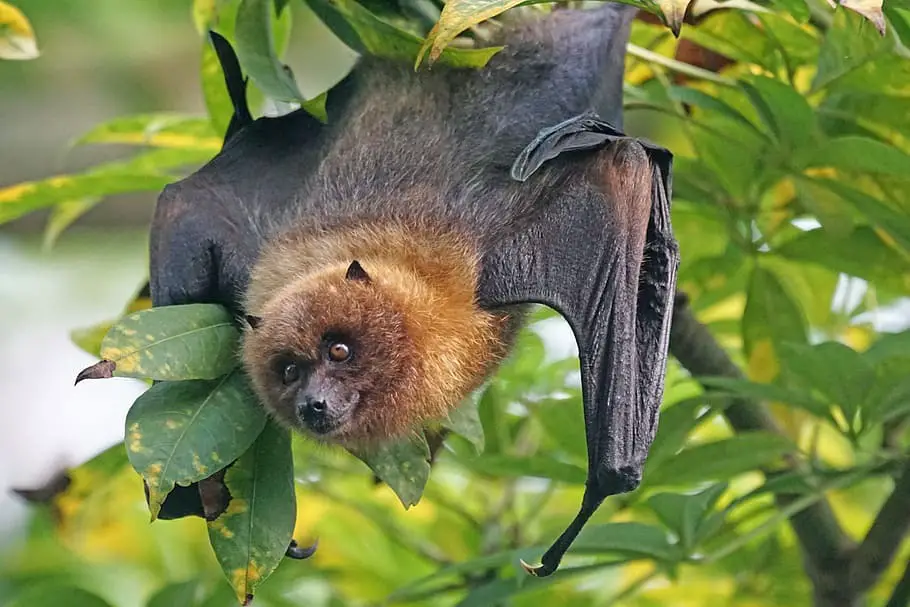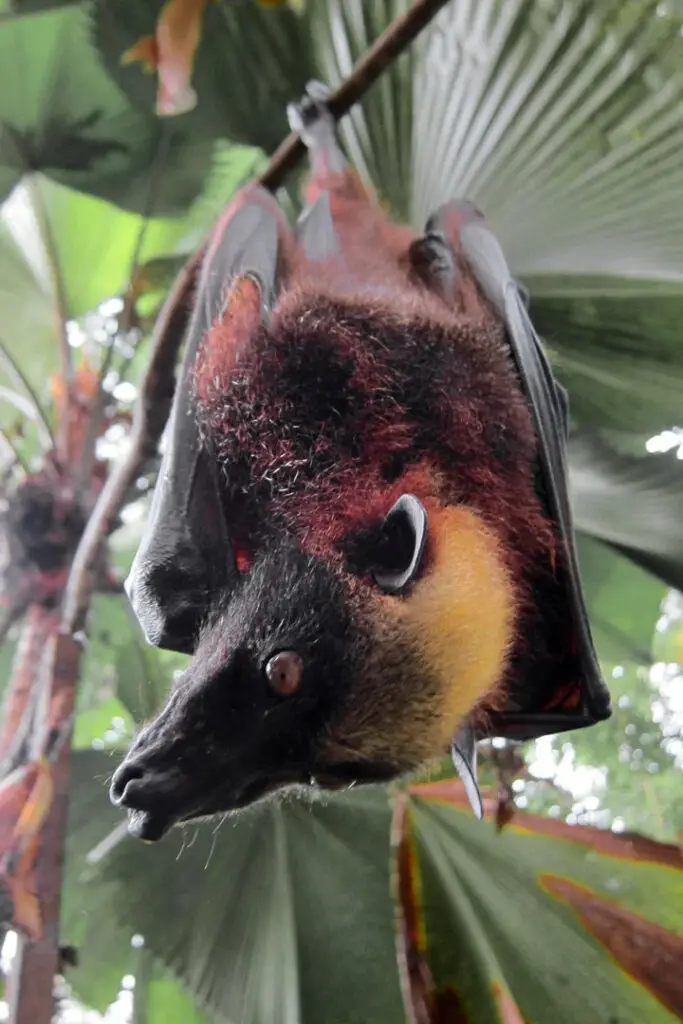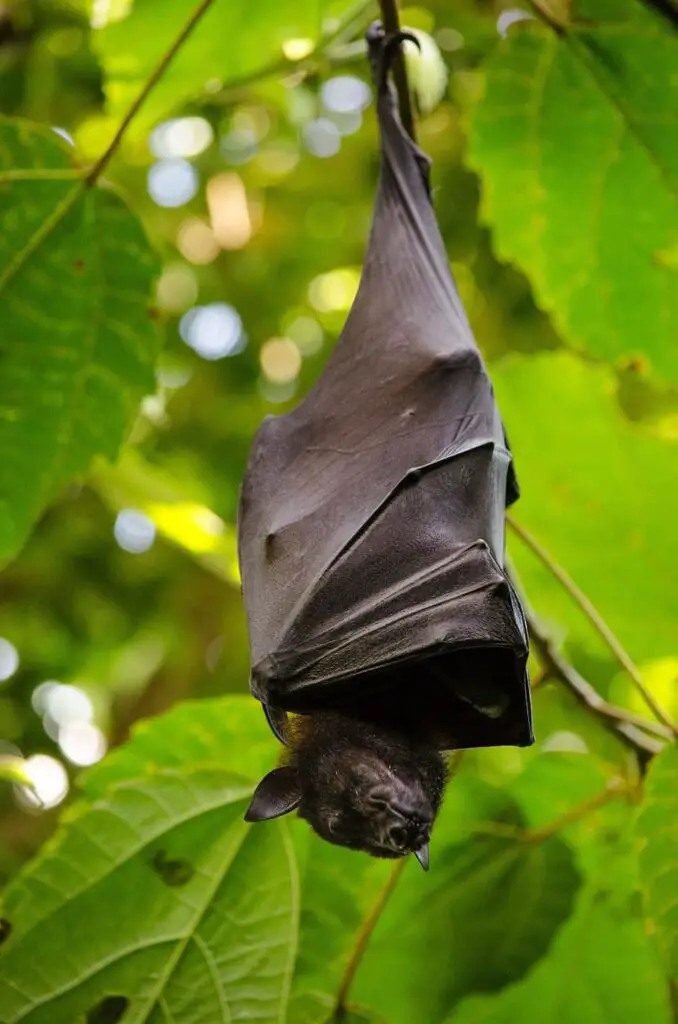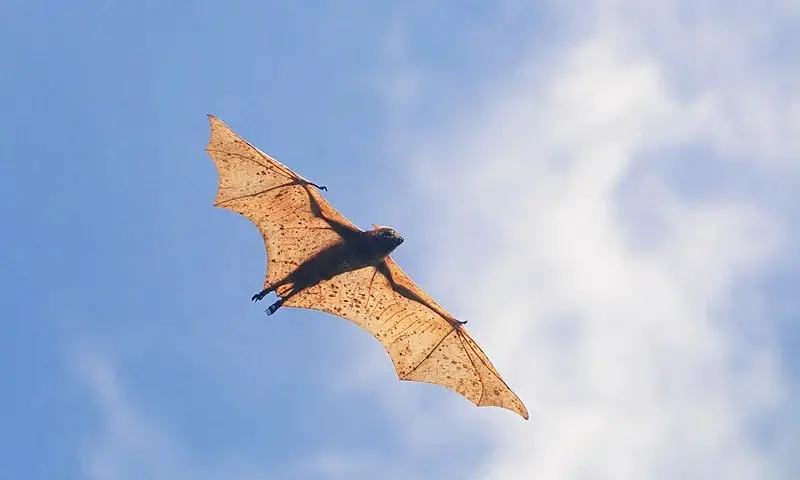This Earth is the home of a huge number of species, each of which more fascinating than the other.
Among the creatures who are worth writing about because of their unique yet scary appearance are the golden-crowned bats that are native to the Philippines.
Regardless of their intimidating size and a wingspan of roughly 5-foot-6, these bats are harmless for the humans and feed on fruits and roots. Although they are dubbed ‘human-sized,’ their bodies range in size from seven inches to 11.4 inches and they weigh less than 3 pounds, which makes them one of the largest species of bats in the entire world.

The golden-crowned bats live in colonies of around 10,000 and are nocturnal creatures who love figs. As such, they contribute to reforestation throughout the Philippines as they spread fig seeds after eating them.
These stunning bats use sight and scent to find their way through the air unlike many others who use eco-location instead.

Unfortunately, the work these bats do is largely prevented by humans who kill them for sport and for their meat. Also, their natural habitat is being destroyed more and more, with statistics showing that over 90% of the old-growth forests in the Philippines being destroyed. As per Bat Conservation International (BCI), this lead to a number of species to have vanished from many of its former roosting locations on numerous islands.

Due to their hunting, the number of golden-crowned bats has dropped to 50 per cent between 1986 and 2016, which makes them endangered species listed on The International Union for Conservation of Nature (IUCN).
In the Philippines, bats are protected with the Philippine Wildlife Resources Conservation and Protection Act of 200, which sadly, is not upheld.
These bats, as well as various other species, are brutally mass-killed, most times while roosting, which leaves them still holding the branch with their toes after being shot and killed.
Despite this, it seems they are not afraid of humans and get close to inhabited areas.

What is even more interesting about these bats is that they share the intelligence of dogs and possess the ability to learn. Their memory is fascinating, to say the least.
An experiment involving bats raised by humans shows exactly that. Namely, they were taught to pull levers in exchange for juice rewards. Some three and a half years later, when these bats were taken to the comfortable experimental chamber, the first thing they did was to pull the levers because they knew they would get rewarded.

Although they look creepy, these animals are quite cute. The fact they are slathered is devastating.
Please SHARE this article with your family and friends on Facebook.
Bored Daddy
Love and Peace
